To ensure your dog’s health and wellbeing, it is critical to maintain its ideal weight. Even if that means you have to establish a strict and rigorous routine. As a conscientious dog owner it is essential to find the right balance between what your dog eats and the energy it expends daily. Dog Chef gives you its tips for keeping your dog in shape.
Remember that you need to take its breed, build, health, age and lifestyle into consideration. Some dog breeds are genetically more prone to putting on weight easily, for example:
Good to know: the Association for Pet Obesity Prevention has made a table available showing dogs’ optimal weight, according to their breed and age (these are indicative data that will enable you to see how your pet’s weight compares).
Are you wondering whether your dog is overweight or obese? We explain the protocol to follow in this article.
So, let’s have a look at the preventive measures you can take to help your dog maintain its ideal weight:
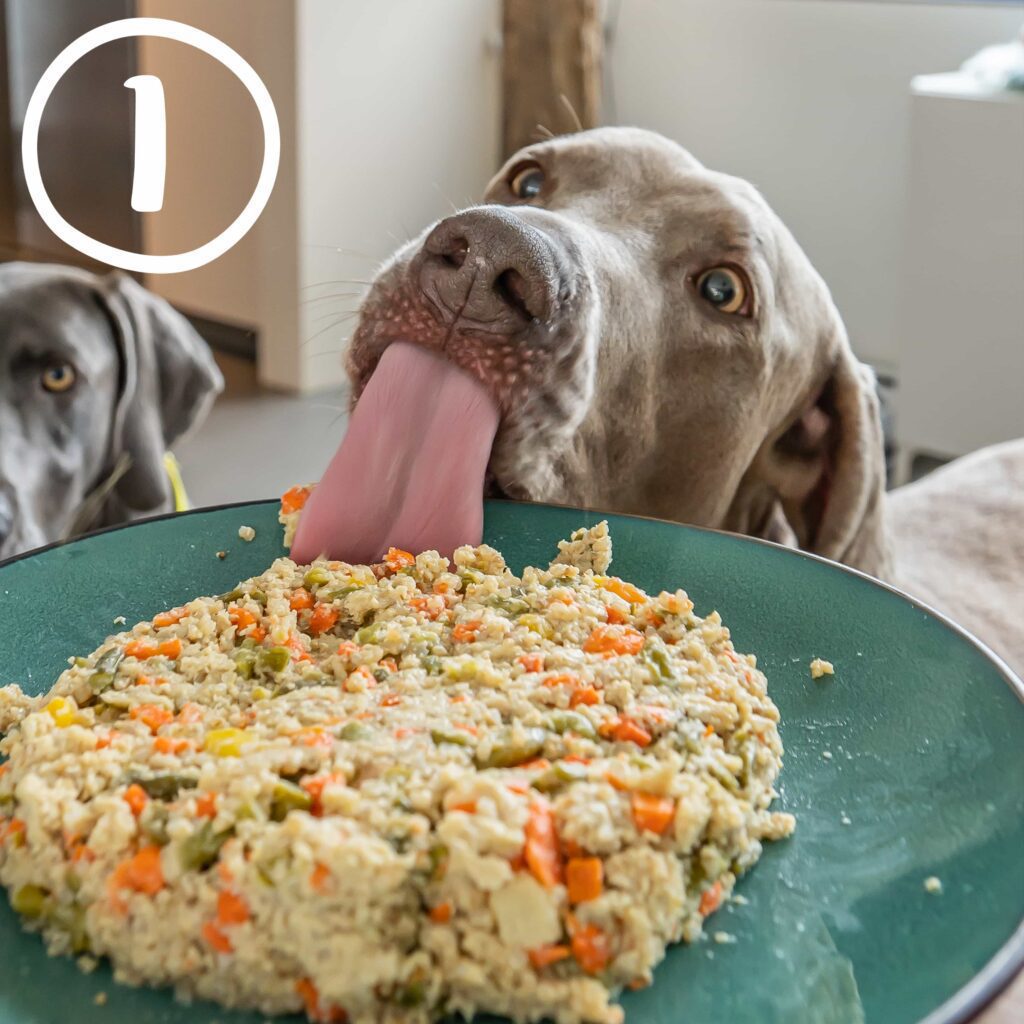
We can’t say it too often, “You are what you eat”. It’s essential to give your dog the right food to enable it to cover its physiological needs appropriately throughout its life.
Depending on whether your dog is a puppy, an adult, a pregnant female or neutered, you need to adapt its food to suit its profile.
With Dog Chef, all you have to do is to create your dog’s profile online and we calculate the ideal dosage for it, whatever its physical condition, its age and its race. Handy, isn’t it? Do the test!
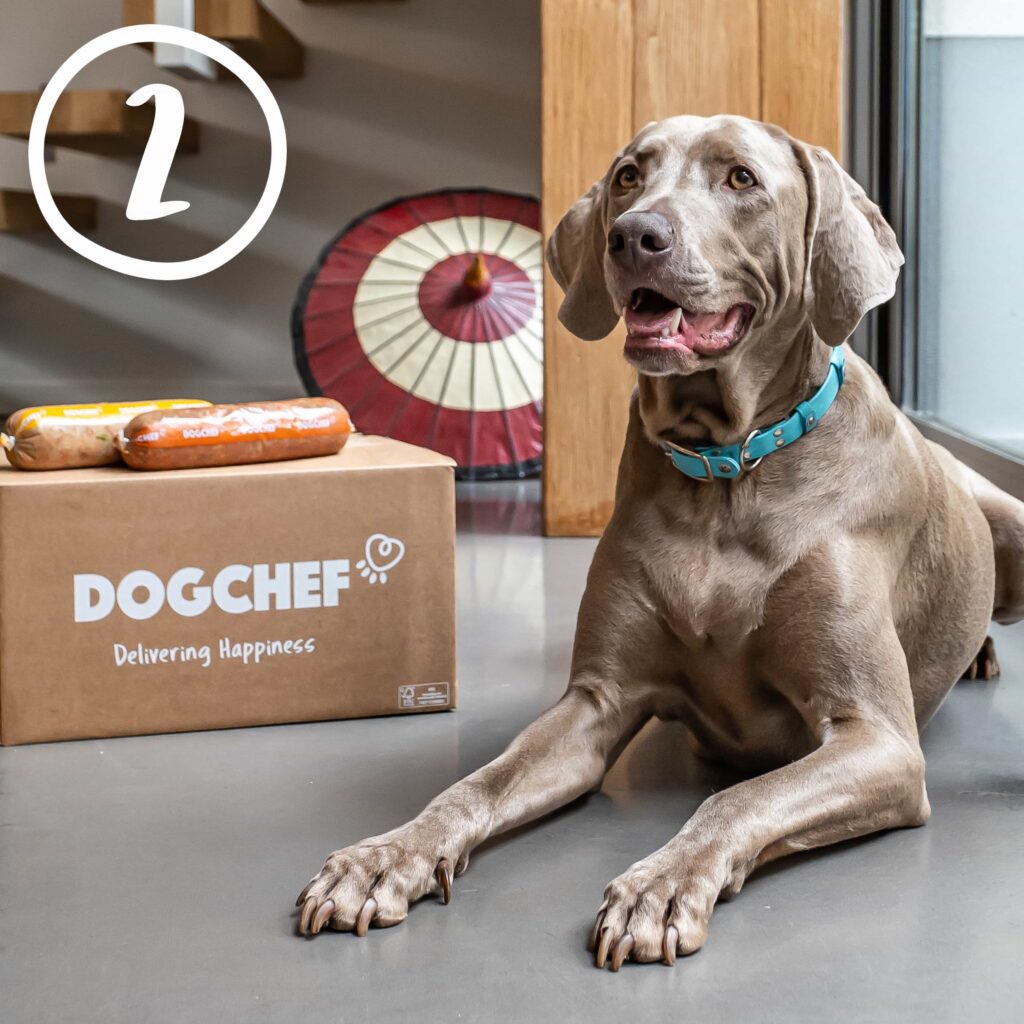
To maintain your canine’s muscles in optimum form, it is crucial to choose high-quality food. A dog needs a lot of meat, but that’s not all! It needs to eat a balanced mixture of proteins, fats, fibre, carbohydrates, minerals, vitamins and calcium.
Dog Chef meals have been developed in collaboration with veterinarians specialized in canine nutrition. They contain all the nutrients necessary for your dog’s body to function optimally, as well as food supplements to cover its daily vitamin and mineral requirements.
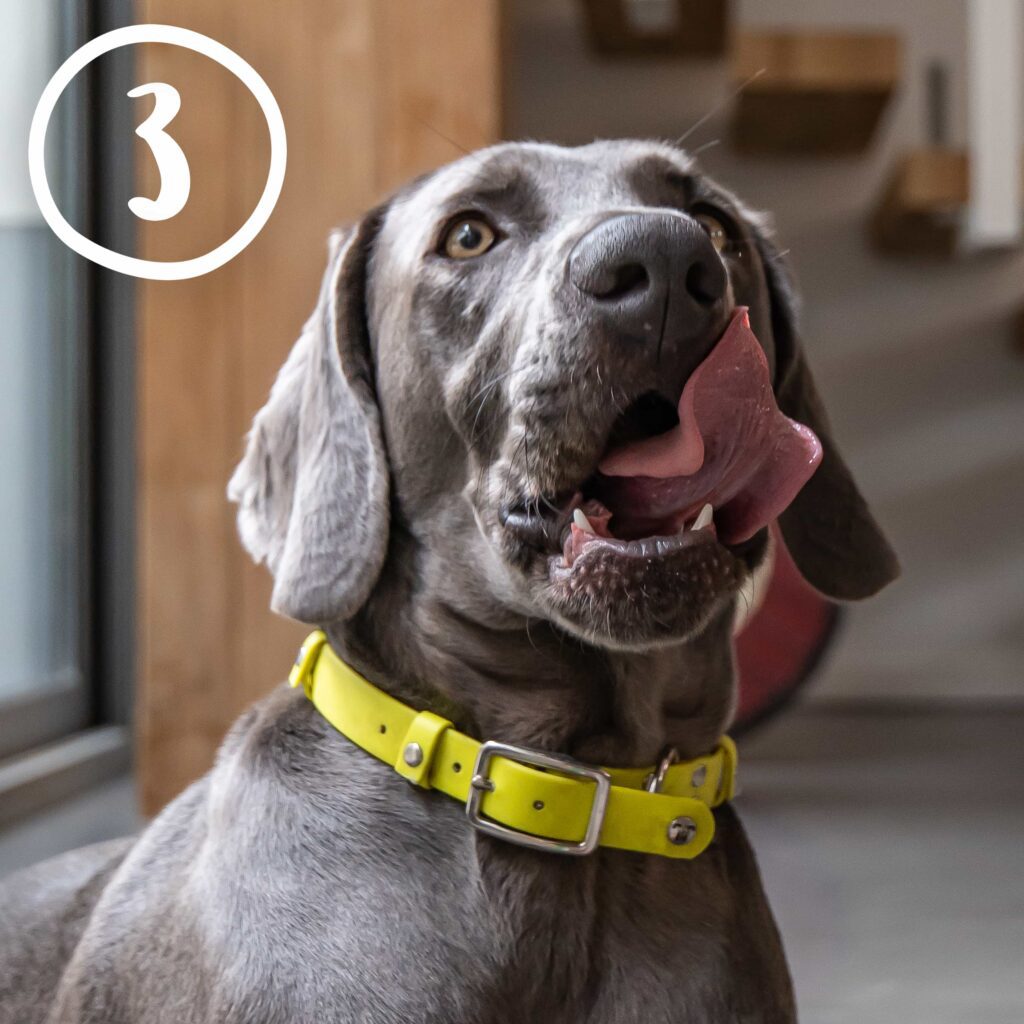
As far as possible, avoid treats or table scraps such as meat fat, cheese, bread and butter, etc.), as they are very high in calories! They should be the exception rather than the rule and should be used as a reward for good behaviour or obedience as part of the dog’s education.
If your dog is fond of its food, fruit and vegetables are excellent for its health. Give it a bit of banana, melon, strawberry, apple or pear, for example. But be sure to remove any seeds and avoid grapes, too, as they are toxic for them.
In terms of vegetables, celery, cucumber, pumpkin and carrot are all the rage.
If you’re going out without your dog, deer antler and olive wood are excellent for keeping it occupied for long periods and preventing it feeling lonely. Slip one of them into your next Dog chef order and make your pet happy!
To give your dog a greater feeling of satisfaction, Dog Chef’s pet foods are highly recommended. They contain a large amount of water and fibre and are a good source of prebiotics (thanks to the cooked vegetables) which are essential for the microbiome. The volume ingested is therefore proportionately greater than is the case with dry food.
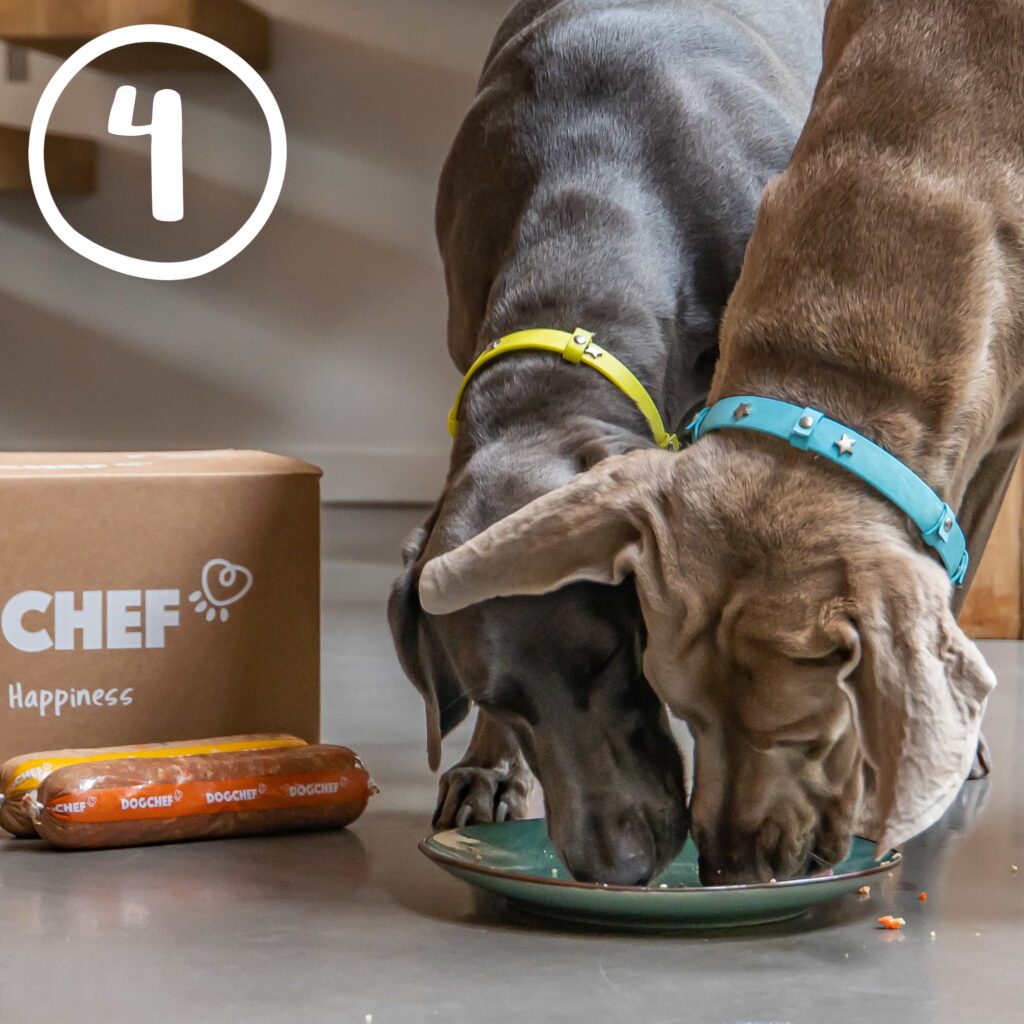
Unlike cats, dogs cannot ration themselves, so we strongly advise against self-service! Give your dog food at fixed times and if it is reluctant to eat, take the food away after 20 minutes and offer it again at the next mealtime.
Puppies need 3 meals a day, whereas adults need only 2, or even one. Feeding your dog once or twice a day will help its digestion. Furthermore, splitting up its food will enable you to work on its obedience.
It is important to leave your pet alone while it’s eating, and to give it its food in a calm and soothing environment, so that it can eat in peace.
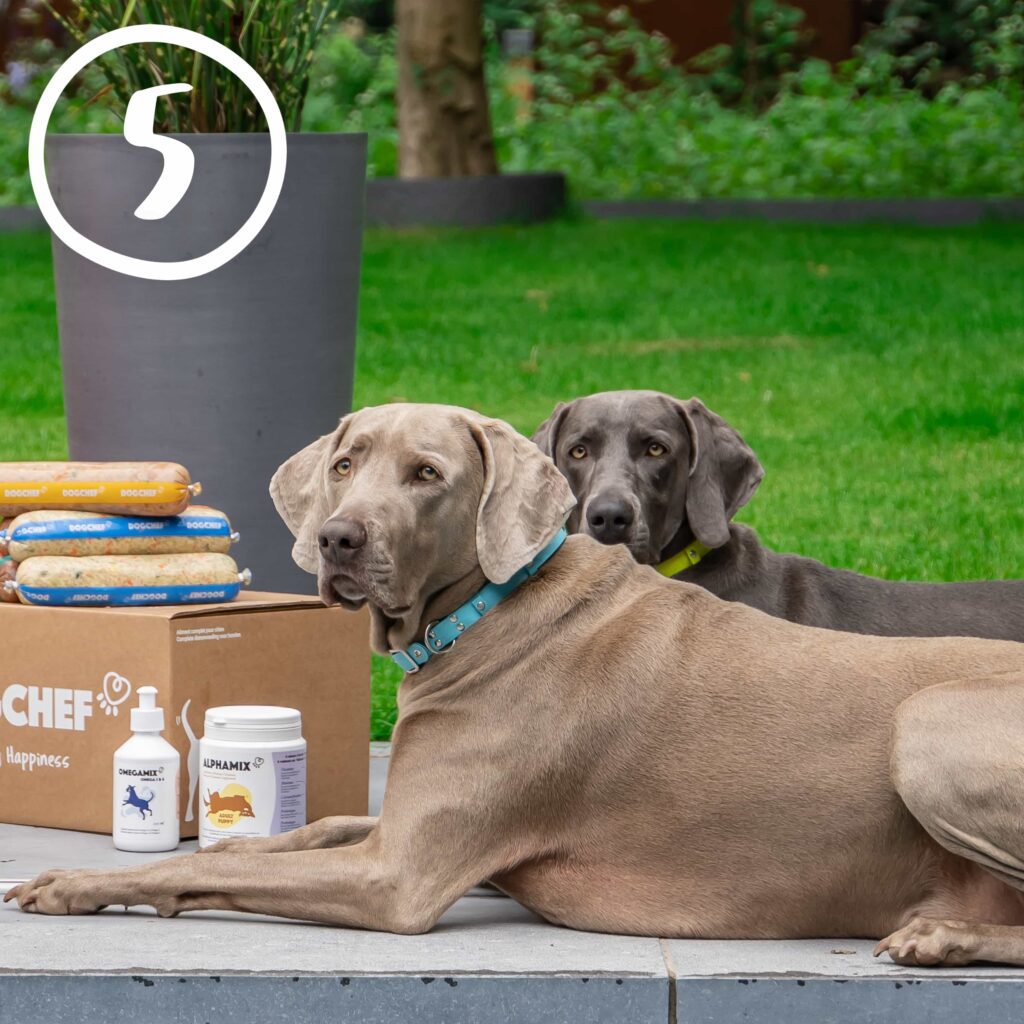
Walks are good for your dog’s health (and yours too!) They’re a lot more than just toilet breaks! They help keep your dog healthy. Regular exercise will help it burn calories and maintain the right weight.
Even if you have a large garden, you still need to walk your dog every day. Ideally you should take it out 3 times a day: before you go to work in the morning, at midday and in the evening before bed. This gives the day a certain rhythm, because your dog goes out approximately every four hours, which breaks its boredom. If you can take it out more often that’s even better!
The ideal walk routine:
Good to know: To find out the ideal amount of physical exercise for your puppy, multiply its age in months by 5. For example, if your puppy is 3 months old, it will need 15 minutes exercise per day. At four months, it will need 20 minutes, at five months 25 minutes, and so on.
We tell you more about the importance of walking in this article.
Does your dog need to lose weight? Or maybe even gain weight? Don’t worry, just answer our questionnaire and we’ll calculate what it should ideally weigh. And if you think that’s totally crazy, see for yourself… Do the test!
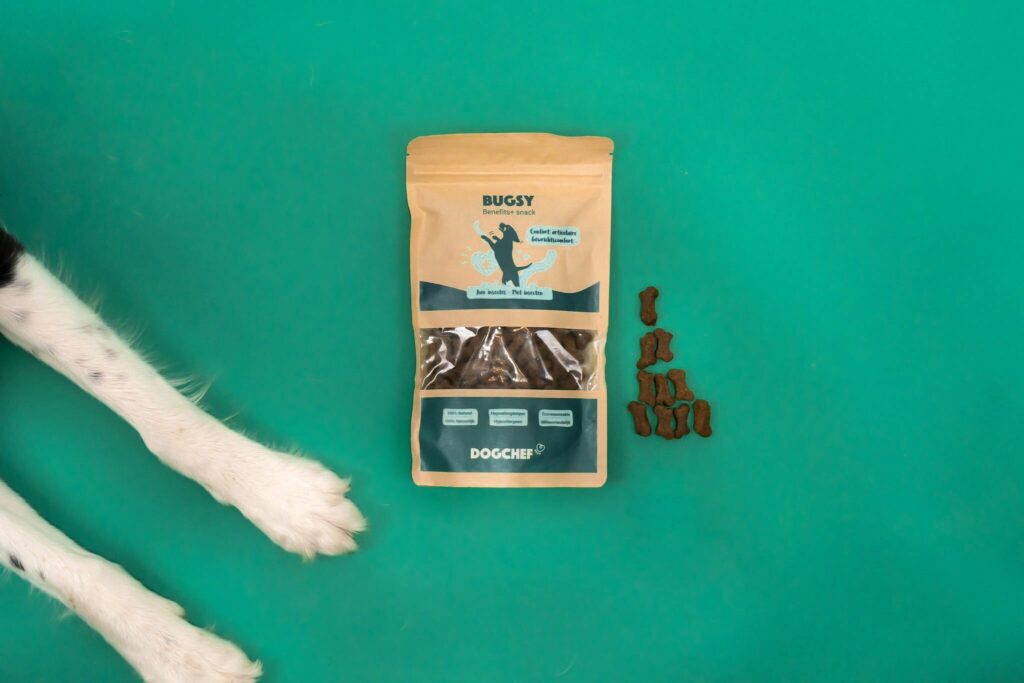
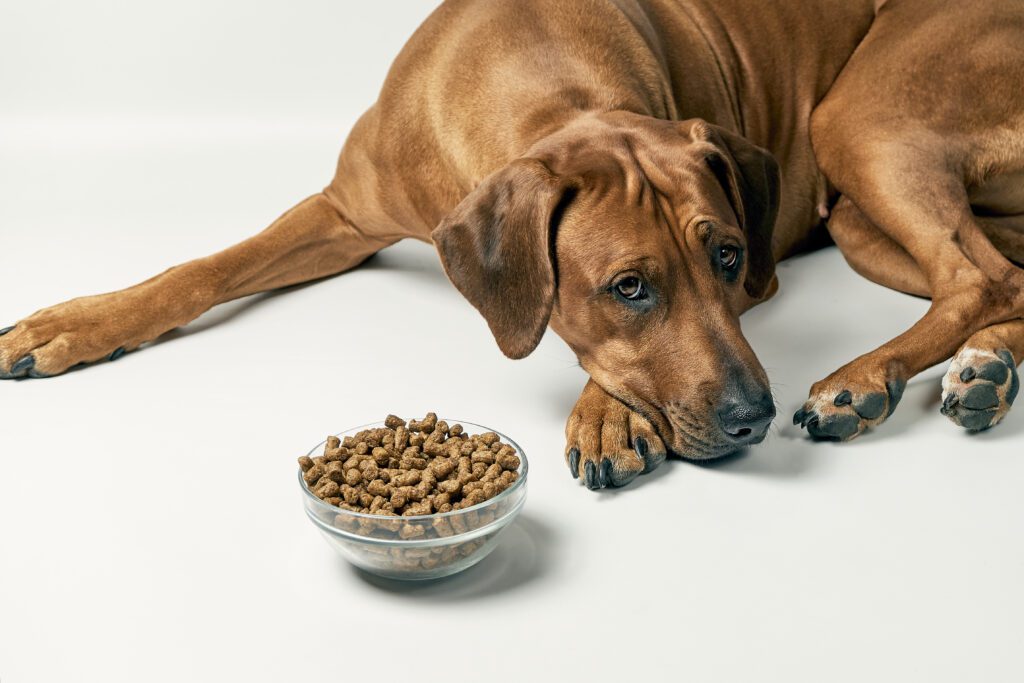
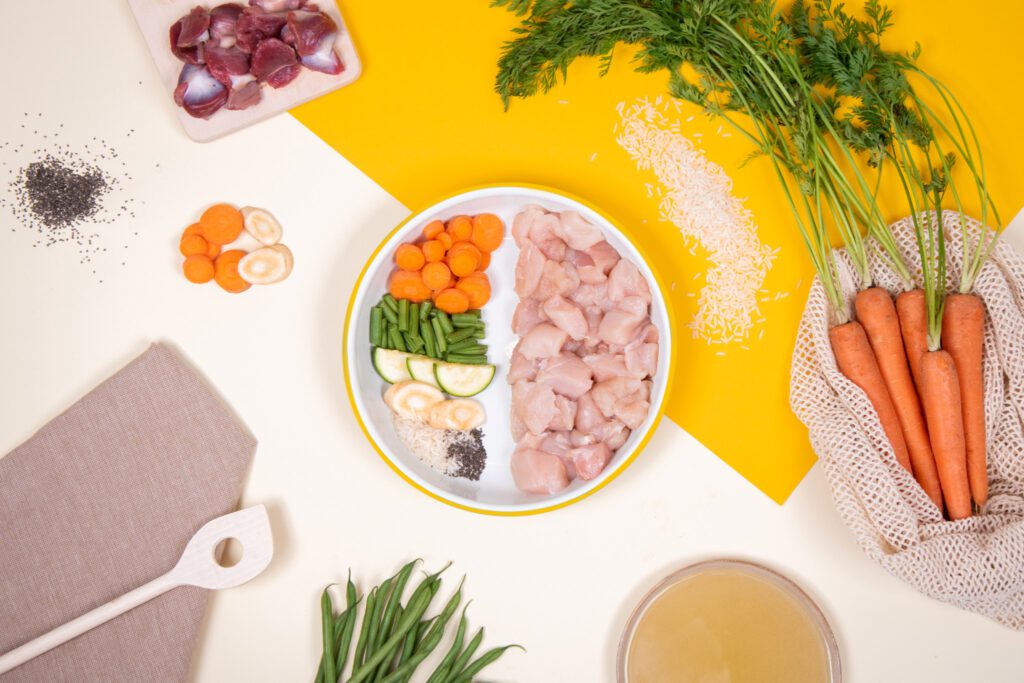
Votre navigateur est obsolète!
Mettez à jour votre navigateur pour afficher correctement ce site Web. Download Google Chrome